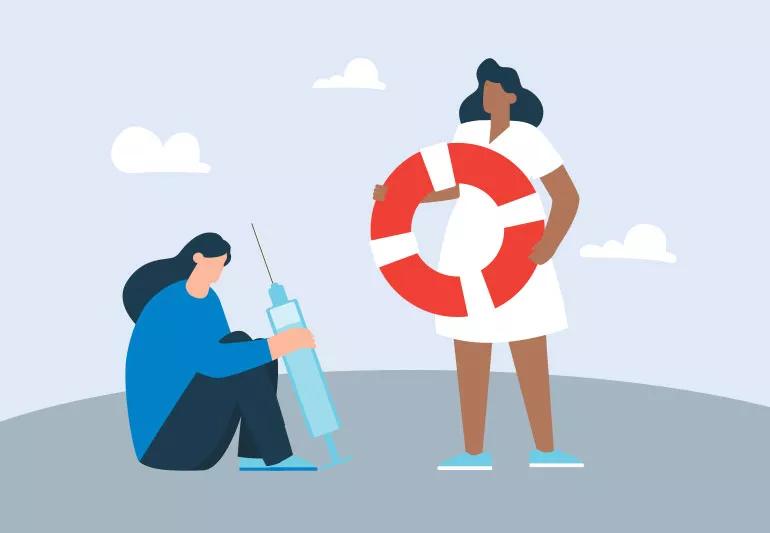TRUE or FALSE
A mild severity for substance use has 2 criteria for a 6 month period.
FALSE
The person must have at least 2-3 criteria for a given substance within the same 12-month period.
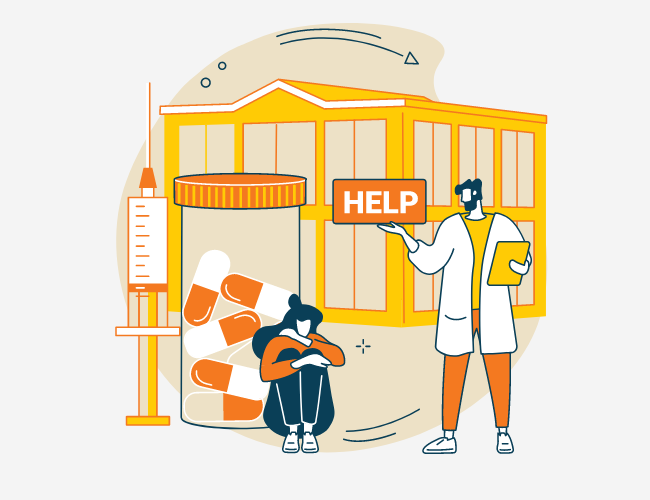
What is the full meaning of CASAC?
Credentialed Alcoholism and Substance Abuse Counselor

TRUE OR FALSE
MDMA is a depressant
BONUS POINTS
What are 2 common names for MDMA
FALSE
Methylenedioxymethamphetamine (MDMA) is a stimulant also known as ecstacy (tablet form), Molly, or Mandy (crystal form) with minor psychedelic properties.
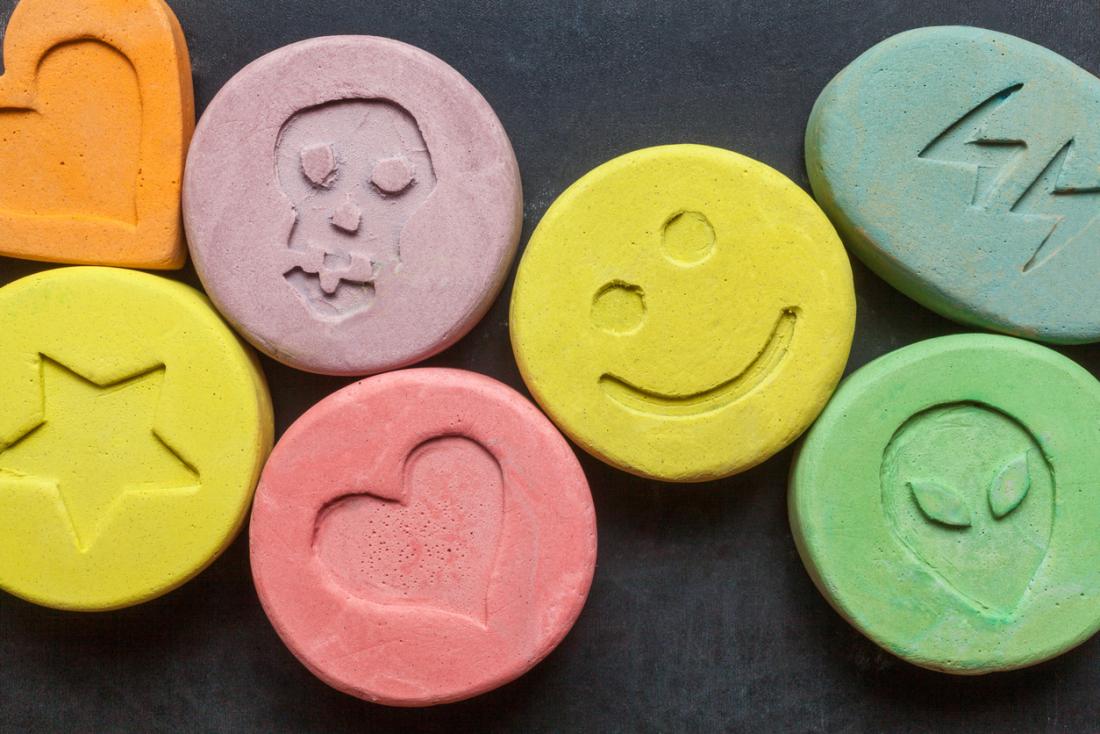
TRUE OR FALSE
Acamprostate AKA Campral is for heroin withdrawal

FALSE
It will help the client not want to use alcohol. It will also reduce certain withdrawal symptoms related to stopping alcohol. It can be taken by mouth 3 times a day.
TRUE or FALSE
Overdoses have caused 100,000 years of life to be lost in the past 4 years.
FALSE
When researchers at The Ohio State University began calculating the years of life lost to unintentional drug overdoses in youth, teens, and young adults (ages 10 to 24), the sum total was nothing short of staggering: 1.25 million years of life completely lost. And that number only represents four years of data.

Needing more of the substance to get the effect you want is called?
Tolerance
:max_bytes(150000):strip_icc()/dsm-5-criteria-for-substance-use-disorders-21926_V2-c979cb0780134583bc6fa3a6f2315d63.png)
TRUE or FALSE
Alcohol is classified as a Group 1 Carcinogen by the International Agency for Research on Cancer Decades ago. Meaning it is the highest risk group with associations to asbestos, radiation, and tobacco leading to 7 types of cancer including most commonly bowel cancer and female breast cancer.
TRUE
The World Health Organization has now published a statement in The Lancet Public Health: when it comes to alcohol consumption, there is no safe amount that does not affect health.
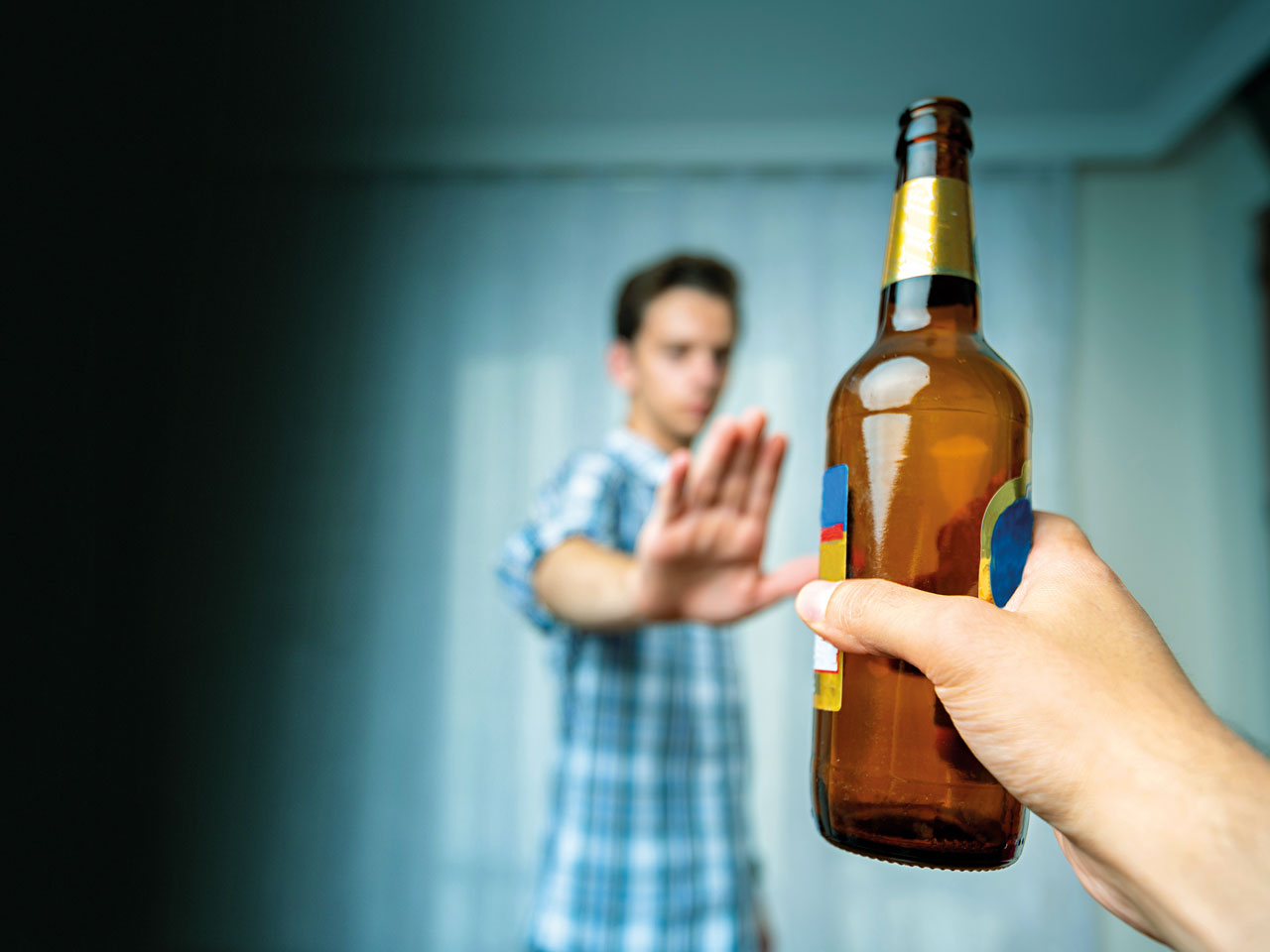
Name up to 5 Stimulants
100 points will be rewarded for each correct answer
KHAT
Cocaine
Methamphetamine (Ritalin, Adderall)
Nicotine
Prescription Stimulants (Vyvanse)
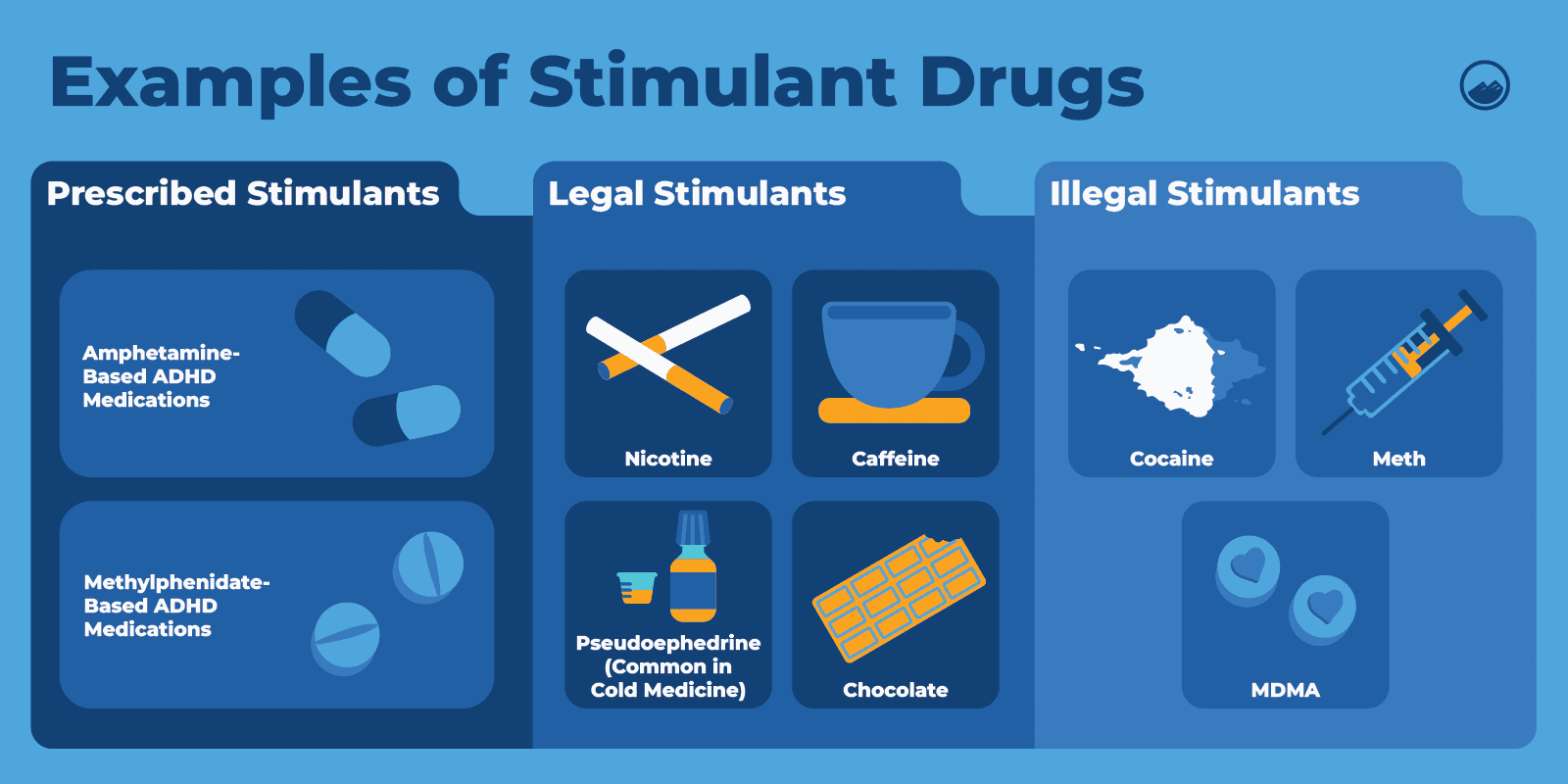
Name 3 types of medications (MATS) used for reducing use of Opioids.
Buprenorphine, Methadone, and Naltrexone
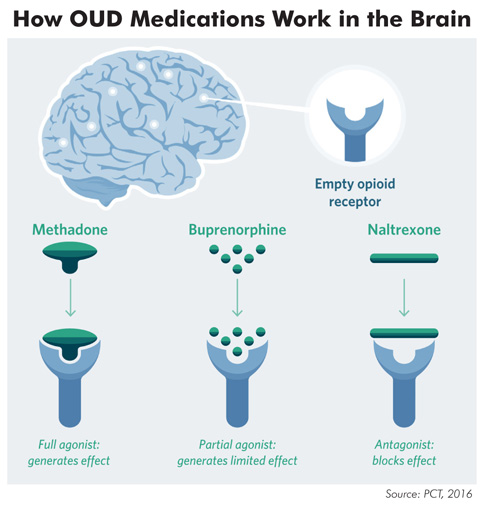
Opioid Use Disorder Moderate is indicated by what F11.______?
Opioid Use Disorder Moderate is indicated by F11.20

Specifiers are used when the status of a clients use has changed. Which of the following specifiers are incorrect:
A) On Maintenance Therapy
B) Early Remission
C) In Controlled Environment
D) In Withdrawal
E) Sustained Remission
:max_bytes(150000):strip_icc()/what-is-withdrawal-how-long-does-it-last-63036-Final-c41a8e50c2b54216b93f7d4a74a073bd.png)
D) In Withdrawal
ROLE PLAY
Provide psychoeducation to a client (the person to your left) on what Harm Reduction is.
*Must include 2 examples of Harm Reduction*
Harm reduction is an intervention that aims to reduce the negative effects of alcohol and drug use. It acknowledges that despite prevention and abstinence efforts, some clients will continue engaging in use and can make plans to do so safely.
Points provided if 2 out of the 5 highlighted words were used in the role play.
The average age for the beginning of crack/cocaine use is what?
15/16 years old

Which of the following Medications will make you sick if you drink alcohol?
A) Vivitrol
B) Campral
C) Antabuse
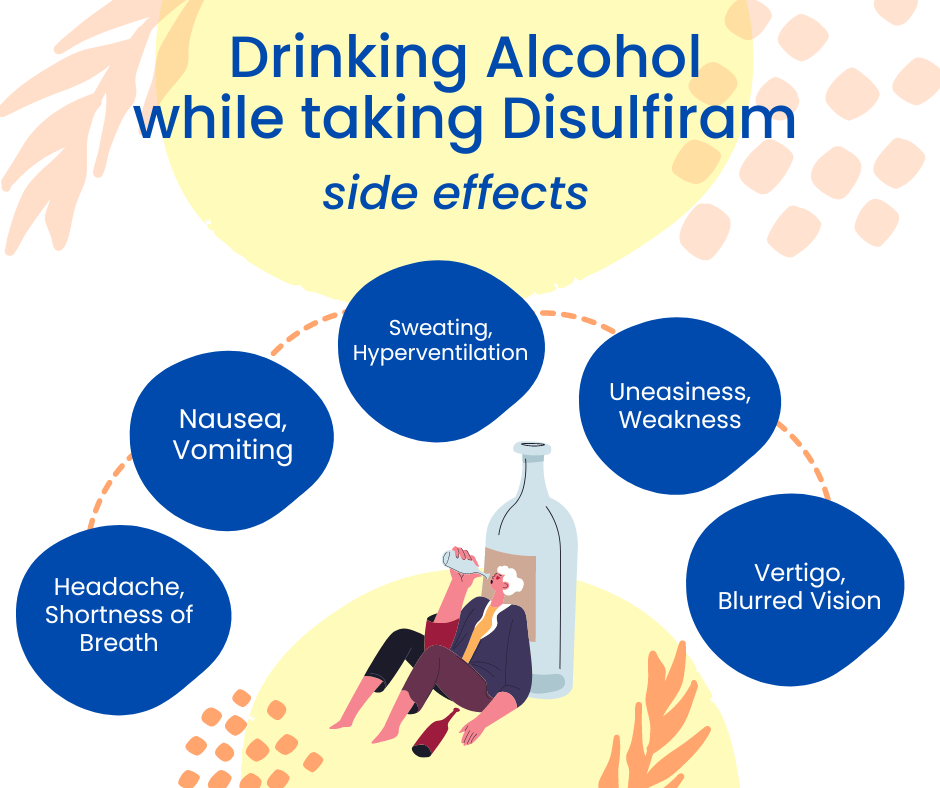
Antabuse is also known as Disulfiram and can be taken by mouth once a day as a negative reinforcement (client will feel sick when they try to drink). It is best provided to client with strong supports to prevent increased sickness.
Mechanisms underlying alcohol-induced memory impairments include disruption of activity in which part of the brain?
The Hippocampus

Give 4 examples of a client experiencing criteria 7 with their substance use below:
4 examples of a client giving up important social, occupational, or recreational activities because of substance use
*Results May Vary*
200 Points for each correct example
Final decision is made by Program Administrator

Name 5 risk factors that lead to substance use:
- Family history of addiction. Drug addiction is more common in some families and likely involves an increased risk based on genes.
- Family History Mental health disorder
- Peer pressure and lack of positive social support
- Lack of family involvement (neglect/abandonment)
- Early history of use or early introduction to use
- Taking a highly addictive drug.

CCBHC CLINIC BONUS QUESTION
DOUBLE THE POINTS
Your client has had an adverse reaction to using cocaine for 3 days straight. This led to hospitalization outside of office hours. You were notified during office hours that your client had a serious injury due to falling during use and hitting their head. After completing the incident report and submitting it to your clinical supervisor, who would your report go to next?
DOUBLE THE POINTS
Report to Justice Center and OMH
*Follow the reportable incidents sheet provided*
TRUE OR FALSE
Suboxone is an opioid with the same effects of heroin.
FALSE
Sublocade and Suboxone are both opioids. Because opioid addiction produces several withdrawal symptoms, buprenorphine products are used to reduce pain, symptoms of withdrawal, and cravings without the harmful effects of other opioids. Suboxone and Sublocade are considered partial agonists. This means that use of this substance has a “ceiling effect.” A ceiling effect means that increasing the dose after a certain point will not increase the effect of the drug.
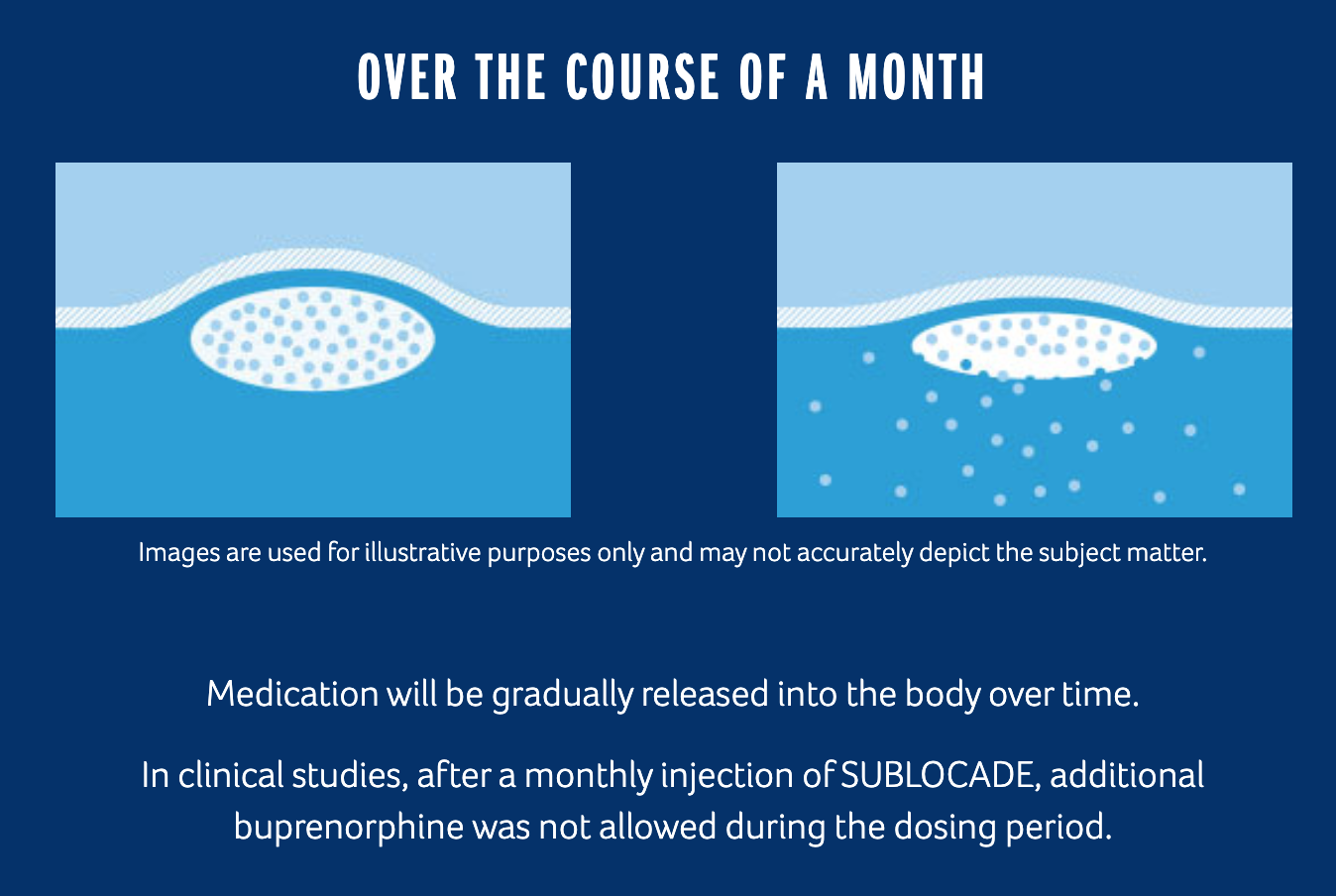
ROLE PLAY
Your client has been smoking tobacco for 20 years and they are now 35 years old; they smoke 15 cigarettes a day plus vaping during work hours. They have difficulty breathing, shared that they have limited time around their 2 kids (age 5 and 3) due to the smoke triggering the children's asthma, and that the continued use impacts their savings as they smoke a complete pack every 48 hours. Ask your client 4 questions during this role play to support them in moving from contemplation to planning stage of change.
ROLE PLAY
*results may vary*
Program Administrator chooses point distribution
:max_bytes(150000):strip_icc()/the-stages-of-change-2794868-7349fcb2028c4b6d9e8ecdd73b677620.png)
Name 3 signs of opioid overdose
Unresponsiveness or unconscious, Slow or stopped breathing, Blue or gray lips or fingernails, snoring or gurgling sounds.

Match the Substance to the average age of onset of use:
A) Alcohol 1) 15/16 years old
B) Hallucinogens 2) 10/11 years old
C) Marijuana 3) 12 years old
D) Crack/Cocaine 4) 13/14 years old
Average risk of onset of alcohol (ages 10 and 11), is followed closely by the use of hallucinogens (age 12). Children begin to face high risks for experimentation with marijuana and hashish between 13 and 14 years. Risks for the initiation into crack/cocaine begin at ages 15 and 16.

What is difference between Methamphetamine and Amphetamine?
Amphetamines affect the brain’s reward system through the release of dopamine. Adderall can produce a high similar to cocaine but takes longer to kick in. Chronic amphetamine abuse can lead to psychosis which is similar to schizophrenia. They are a synthetic drug that stimulates activity in the central nervous system. ie. Adderall, Ritalin, Dexedrine and Vyvanse
Methamphetamine may be more commonly known by street names like meth, crank and ice. Consumed by injection, snorting or smoking, this illicit synthetic stimulant is composed of amphetamine mixed with a variety of household substances such as, Drain cleaner, battery acid, paint thinner, or lighter fluid — all highly toxic to the human body.

Buprenorphine is also called what names?
Suboxone, Zubsolv, Subutex, & Sublocade
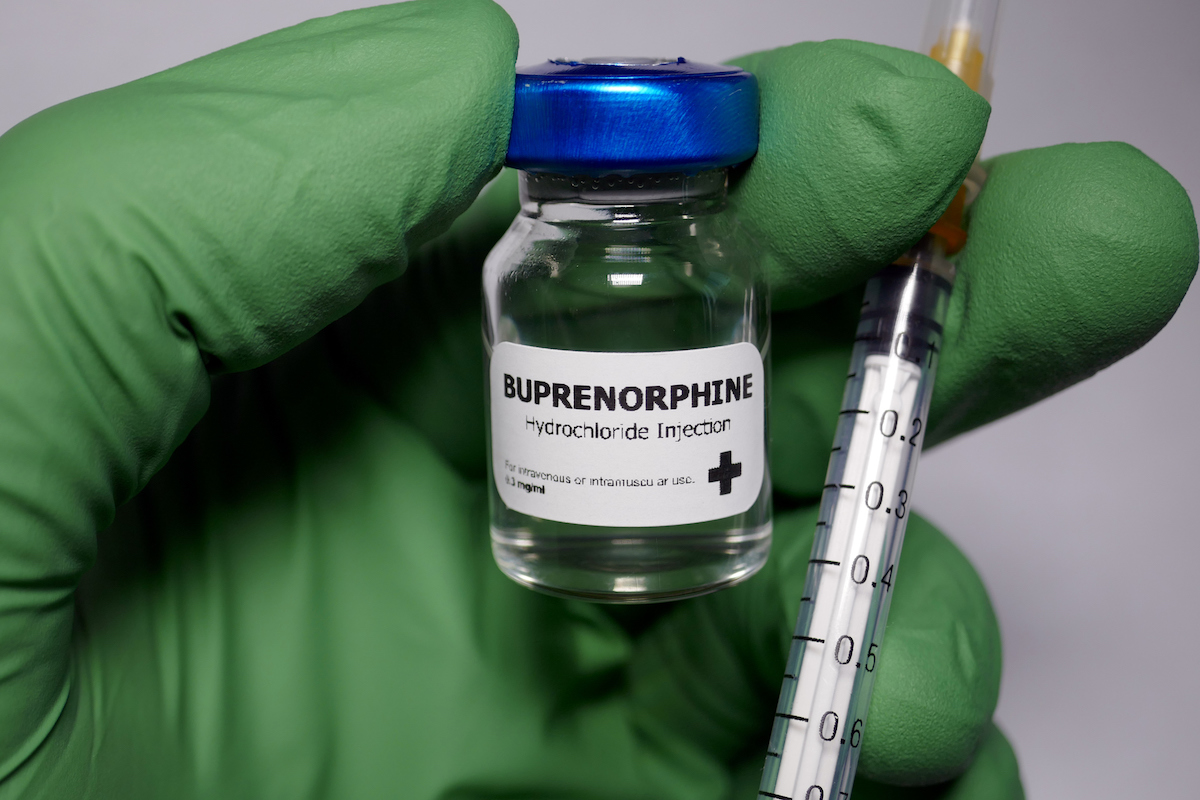
Relapse is a process, not an event. Which of the following are known as the 3 stages of relapse:
1) Spiritual Relapse
2) Mental Relapse
3) Addiction Relapse
4) Emotional Relapse
5) Physical Relapse
6) Community Support Relapse
Mental, Emotional, and Physical Relapse

